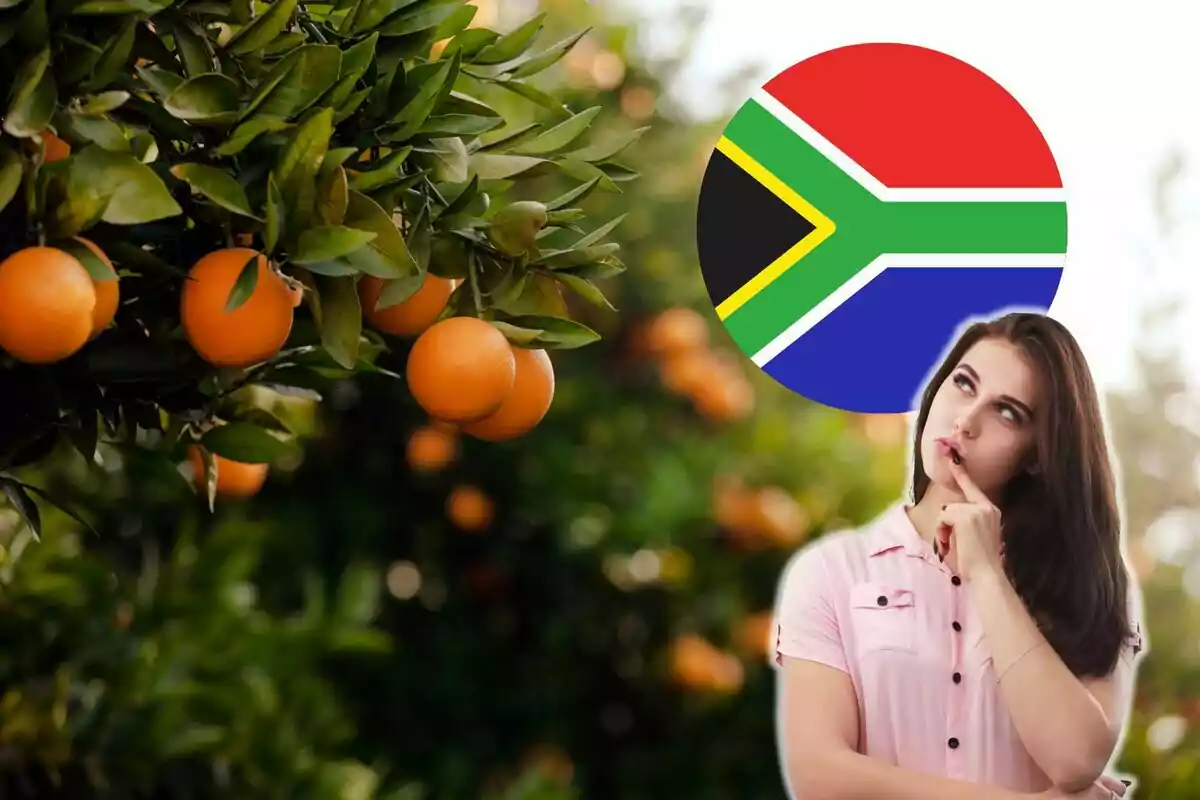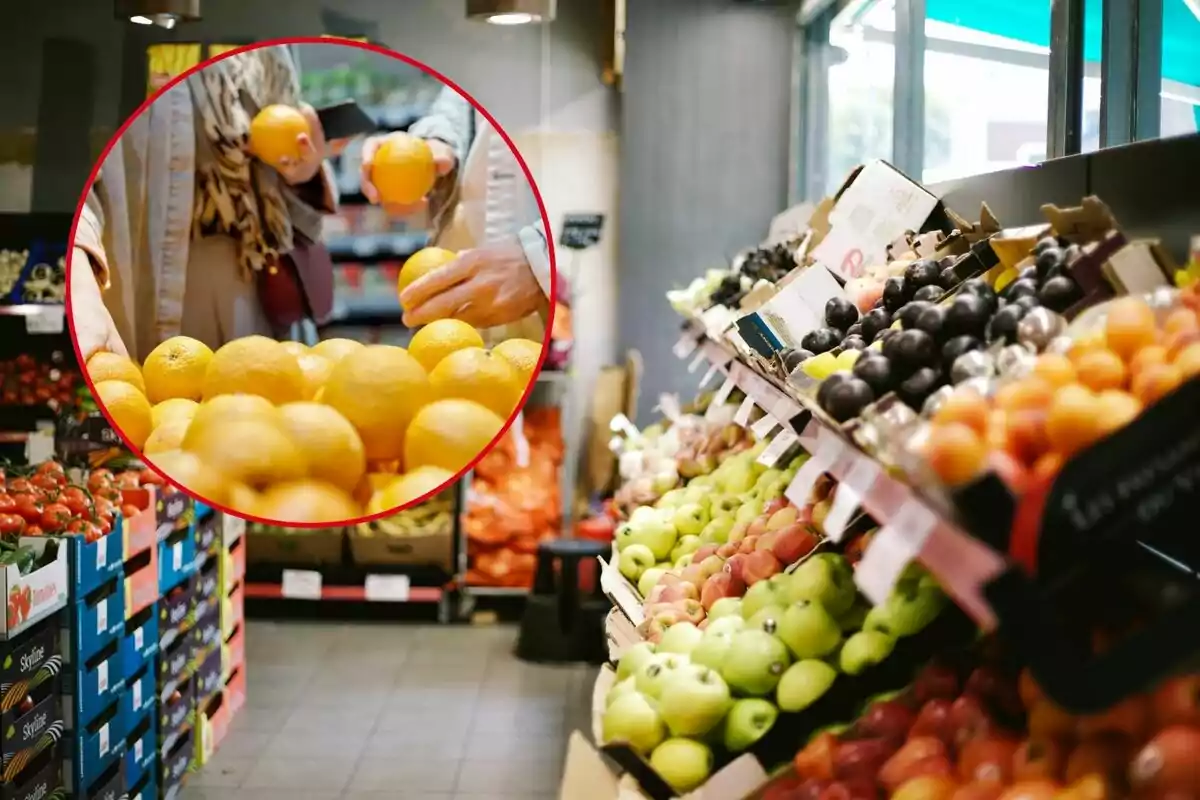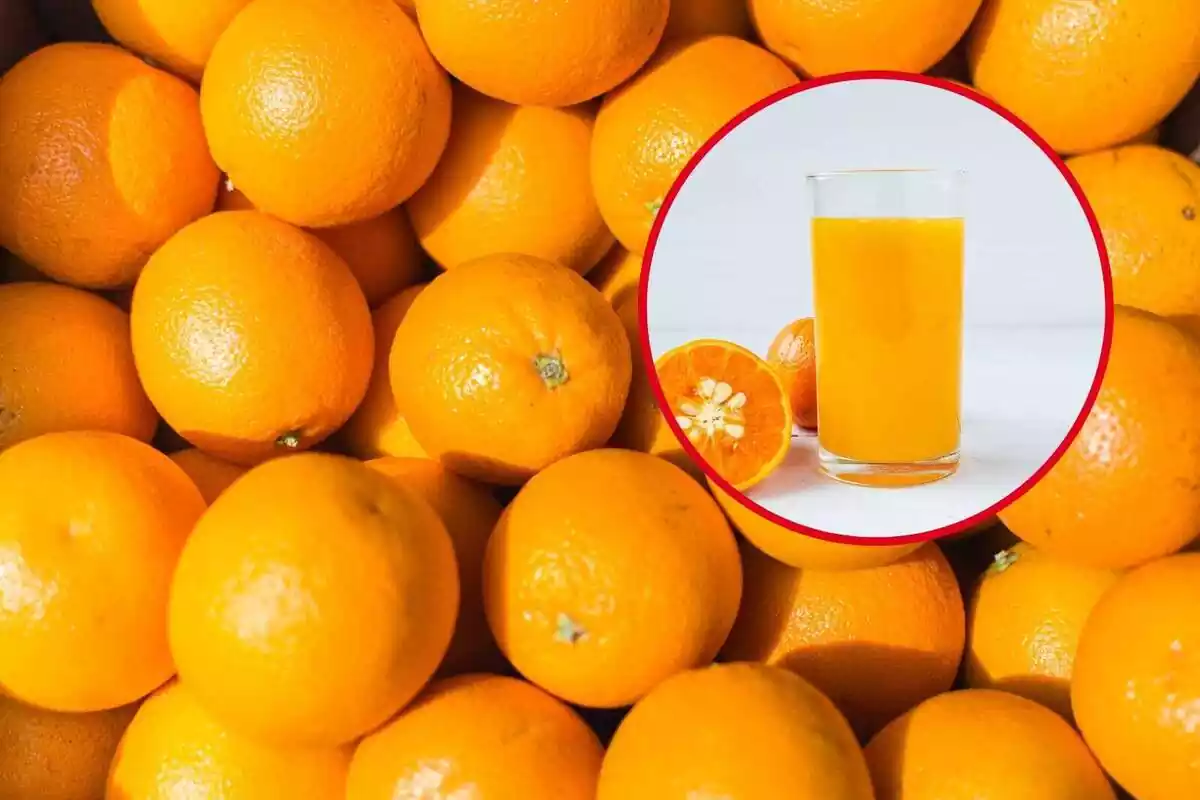
Goodbye South African Oranges: The Trick to Recognize Where the Supermarket Ones Are From
At a time when more and more people want to consume national products, one must know how to choose
The Valencian orange is one of the most emblematic products of Spanish agriculture. However, it is currently going through a critical situation that threatens both its production and its competitiveness in international markets. At the end of 2023, an episode of extreme heat affected a large part of the peninsula.
This situation significantly damaged citrus crops that were in an advanced state of ripening. To make matters worse, the growing overpopulation of wildlife, especially wild boars, goats, and rabbits, has caused record losses. The crisis doesn't end there.
Farmers are facing a constant increase in production costs, while imports of oranges from South Africa have reached alarming figures. Since the implementation of the trade agreement between the European Union and South Africa in 2016, South African exports to Europe have continued to grow. In fact, they already exceed 3.5 million metric tons (3.5 million tonnes).

The Secrets of Valencian Oranges
This agreement allows South African oranges to enter the European market until November 30, overlapping with domestic oranges. Now, don't panic. If you go to the market and want to make sure you're buying Valencian oranges, we have all the tricks to help you do so.
To differentiate a Valencian orange from a South African one, it is important to pay attention to several details that affect both their appearance and taste. One of the first characteristics that can help us is the variety of the fruit. Valencian oranges are usually of the Navel variety, such as Navelina, Washington, or Navelate.
These oranges have a common characteristic. It is a small navel at the bottom of the fruit, which is a small fold or mark on the skin. This navel is a distinctive feature that is not usually found in imported South African oranges, especially those of the Valencia variety, which are smooth and don't have this characteristic.
Regarding the skin, Valencian oranges tend to have a thinner and slightly rough skin, while South African ones usually have a smoother and thicker skin. The Valencian fruit is fleshier, juicier, and has a sweeter taste compared to the South African orange, which is more acidic. Another key difference is in the timing of harvest and marketing.

The Secrets of Oranges You Never Knew
Valencian oranges are available in markets between October and June, with the highest production months being the end of the year. The first of the season, like the Navelina, are harvested in early October. In contrast, South African oranges, mainly late varieties, usually arrive in Europe from June to November.
In addition to these visual and taste differences, another important clue is in the labeling. Spanish oranges, especially Valencian ones, generally have labeling that clearly indicates their origin. Therefore, if you pay attention to the navel, the thinner and rougher skin, and check the labeling, it is easy to distinguish between a Valencian and a South African orange.
This is important not only because of the quality differences. But also to make more responsible consumption decisions, supporting local production and avoiding imports that have a greater impact. Eat Valencian oranges and it will all be beneficial.
More posts: